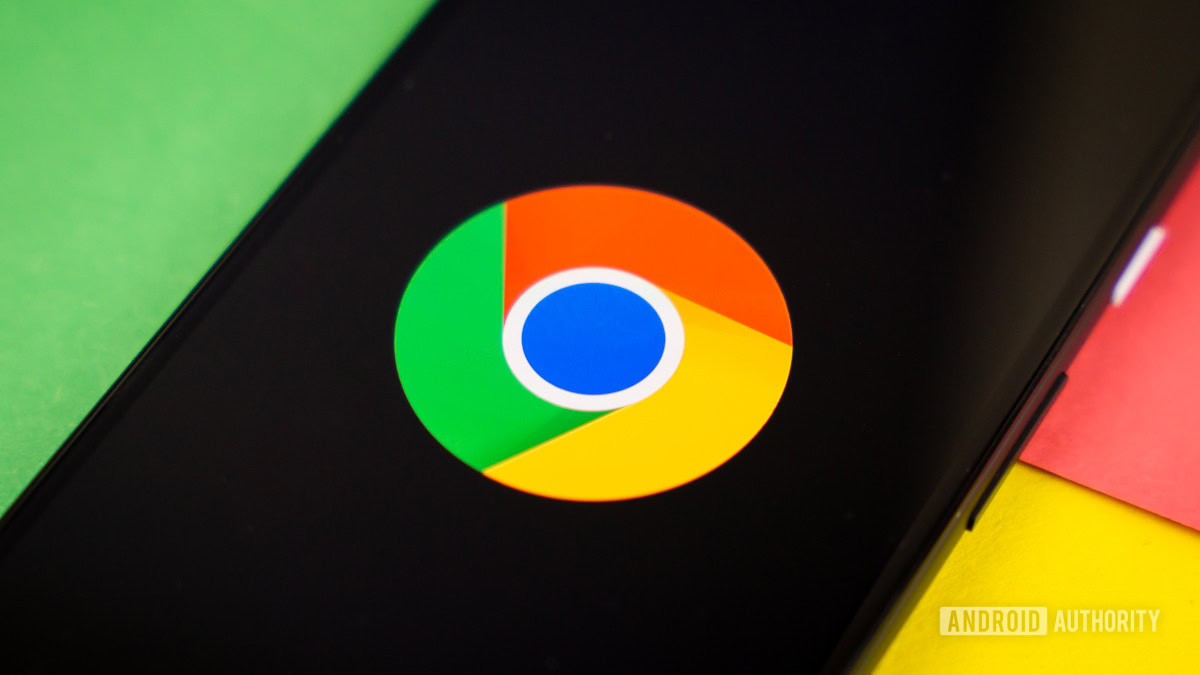Affiliate links on Android Authority may earn us a commission. Learn more.
Chrome on Android keeps crashing? Here's how you can try to fix it
Published onDecember 4, 2023
If you’re checking out this guide, there’s a fair chance you’ve been forced to scramble for another Android browser like Firefox or Opera, or you’ve turned to browsing on your computer or tablet — Chrome is so fundamental to most Android devices that repeated crashes are a serious problem. If that’s your situation, here are some tactics you can try to get Chrome stable and reliable once again.
How to fix Chrome crashing on Android

Since there’s a variety of potential causes (which we’ll touch on as we go), there’s no one-size-fits-all solution either. If you run through all of the troubleshooting steps below, however, you should get back on track sooner or later. Just keep testing Chrome after each step. Without further ado:
- Update Chrome and/or Android and its components. Normally we’d reserve software updates for later in a troubleshooting guide, but Google updates Chrome pretty frequently, so any crash bugs are likely to be fixed soon if they haven’t been already. Android and its core components tend to be updated less often, but it’s still worth checking for the latest downloads. Check out our guides for updating Android and apps and components.
- Close as many Chrome tabs as possible. While it’s unlikely that every Chrome tab will be active, the more you have open, the more likely they are to consume memory, and you need a base amount of it for stable browsing. To be bulletproof on this step, try closing every tab except the one you’re currently using. Don’t worry — you can resume using multiple tabs if crashes go away.
- Close any unnecessary apps. Just as Chrome’s tabs can consume memory, the same is true with apps in general. Close every other app you’re running in Android, or at least everything that’s not essential. As much as the OS tries to automatically manage memory, you may have to step in yourself sometimes.
- Halt any app or file downloads. If you’re downloading something in the background, it’s going to consume not just memory but bandwidth and processor power, especially if an installation has to happen when the download is finished. Keep in mind that most modern Android devices should be able to handle simultaneous browsing and downloading.
- Relaunch Chrome. It could be that Chrome is suffering from temporary cache- and process-related glitches that will go away if the app relaunches. Close the browser, then open it again.
- Restart your phone or tablet. This should accomplish something similar to relaunching Chrome, but for your entire Android device, not only your web browser. It’s actually wise to periodically reboot your device even when you’re not running into crashes.
- Manually clear out Chrome’s cache. If the prior two steps haven’t done anything, it might still be worth manually scrubbing Chrome’s cache. However remote the odds are, there’s a chance that some bad cache data may have survived.
- Reset your device. This is a drastic step that should be avoided at all costs. Nevertheless, if you want Chrome and no other browser will do, a factory reset will at least bring you back to baseline. Be sure to back up essential data first, and put aside some time to get your device up and running again. It can take a long time to download and restore a backup, and even then you may have to fiddle with Android to get things exactly the way you remember them.